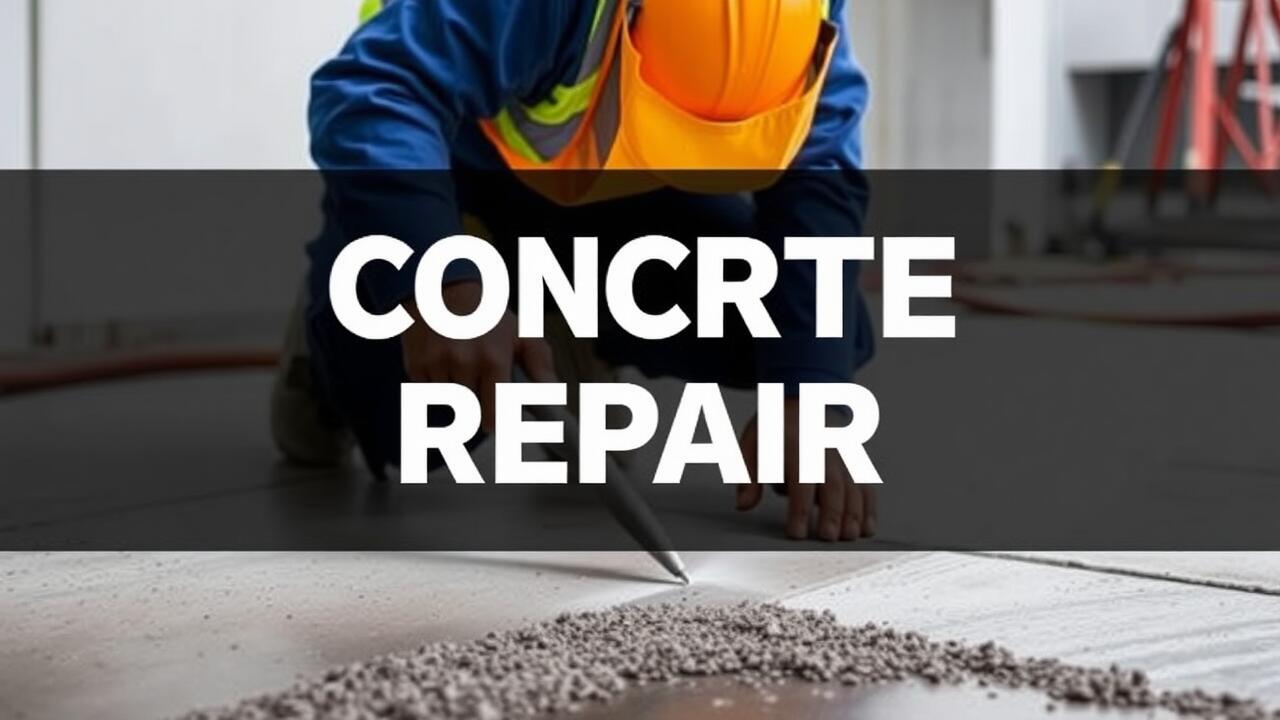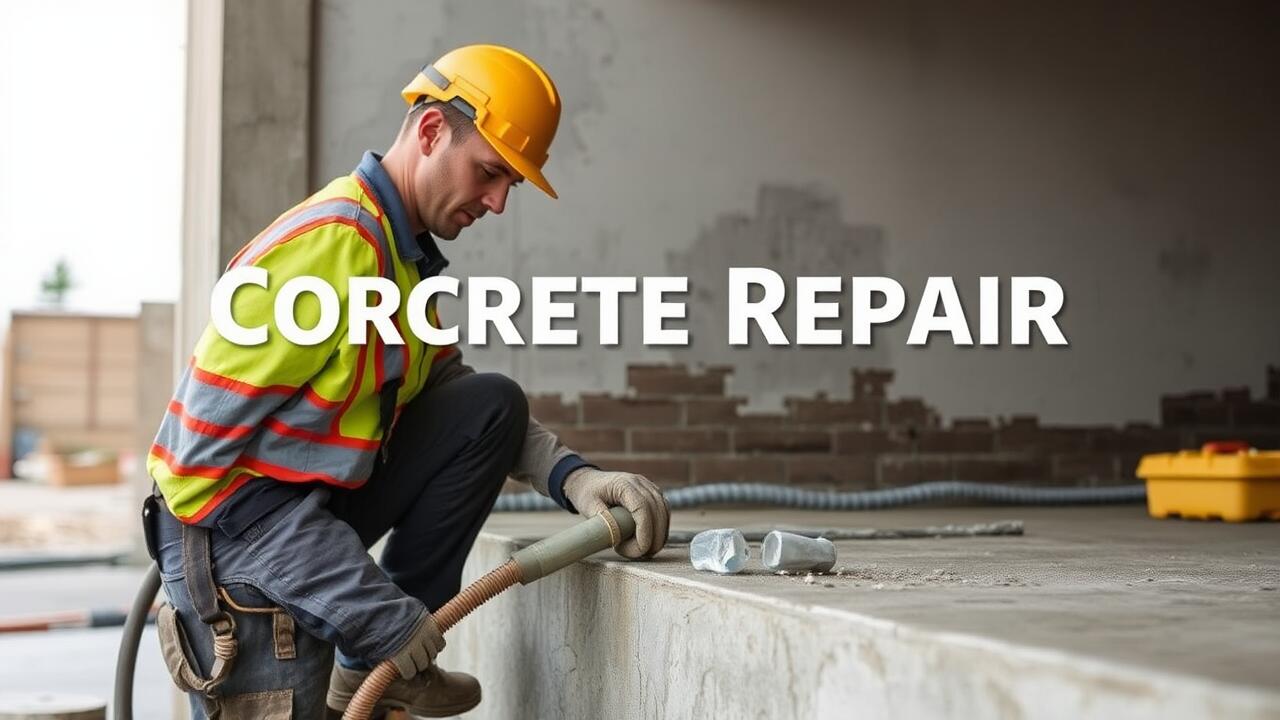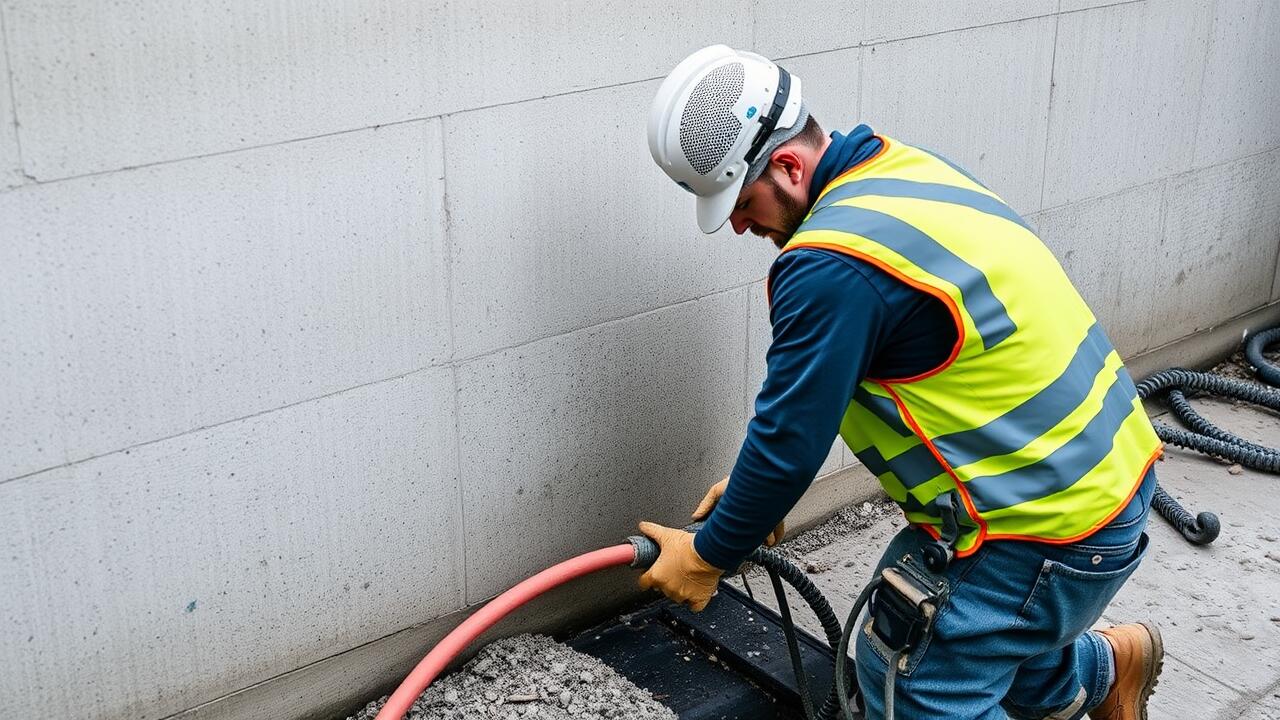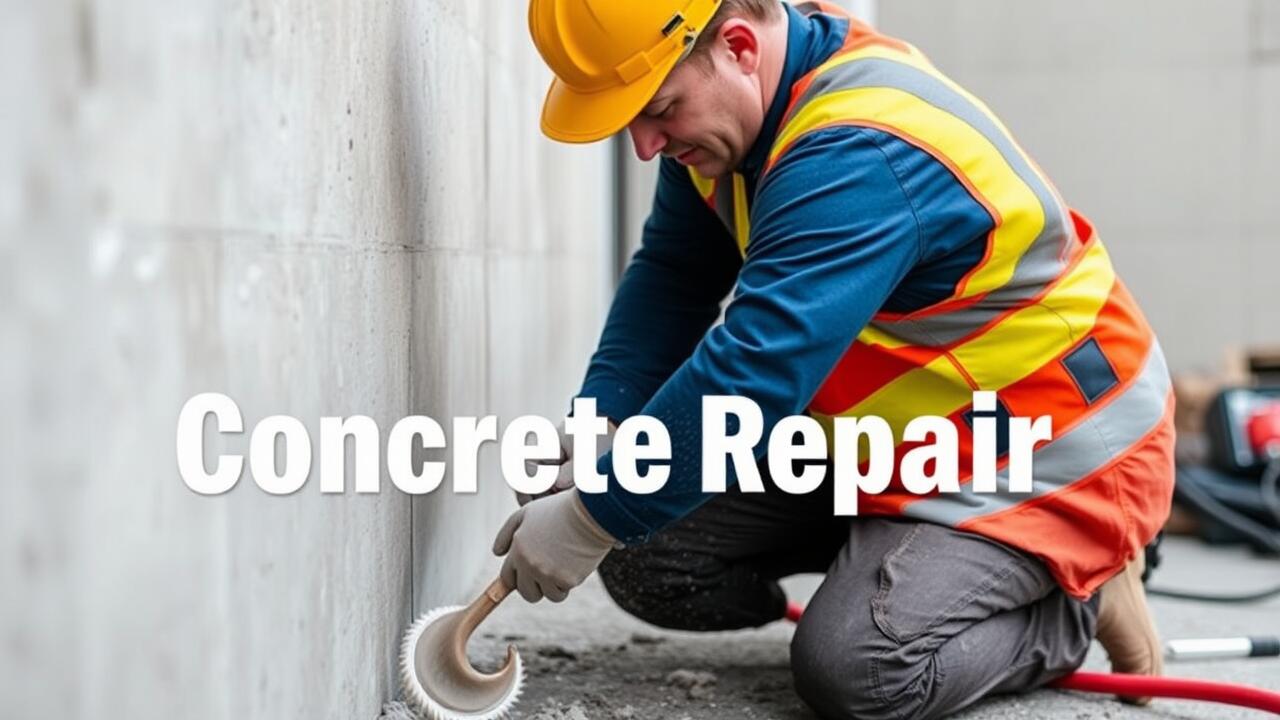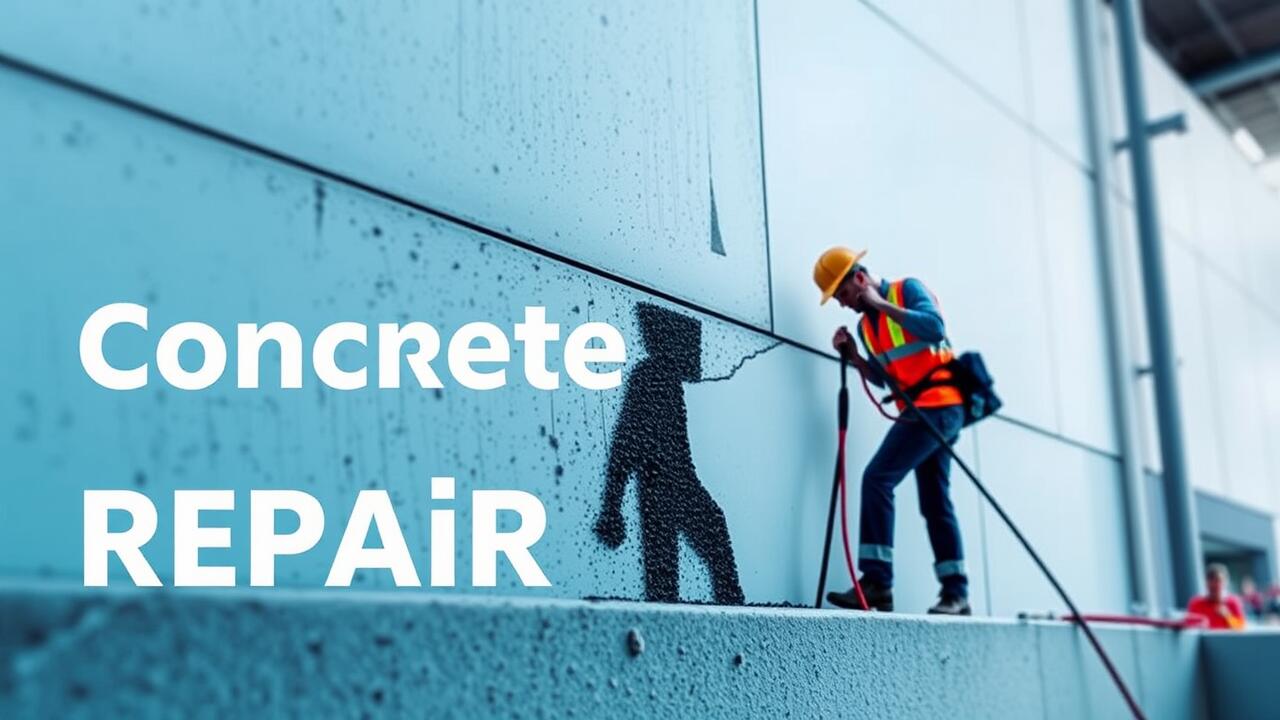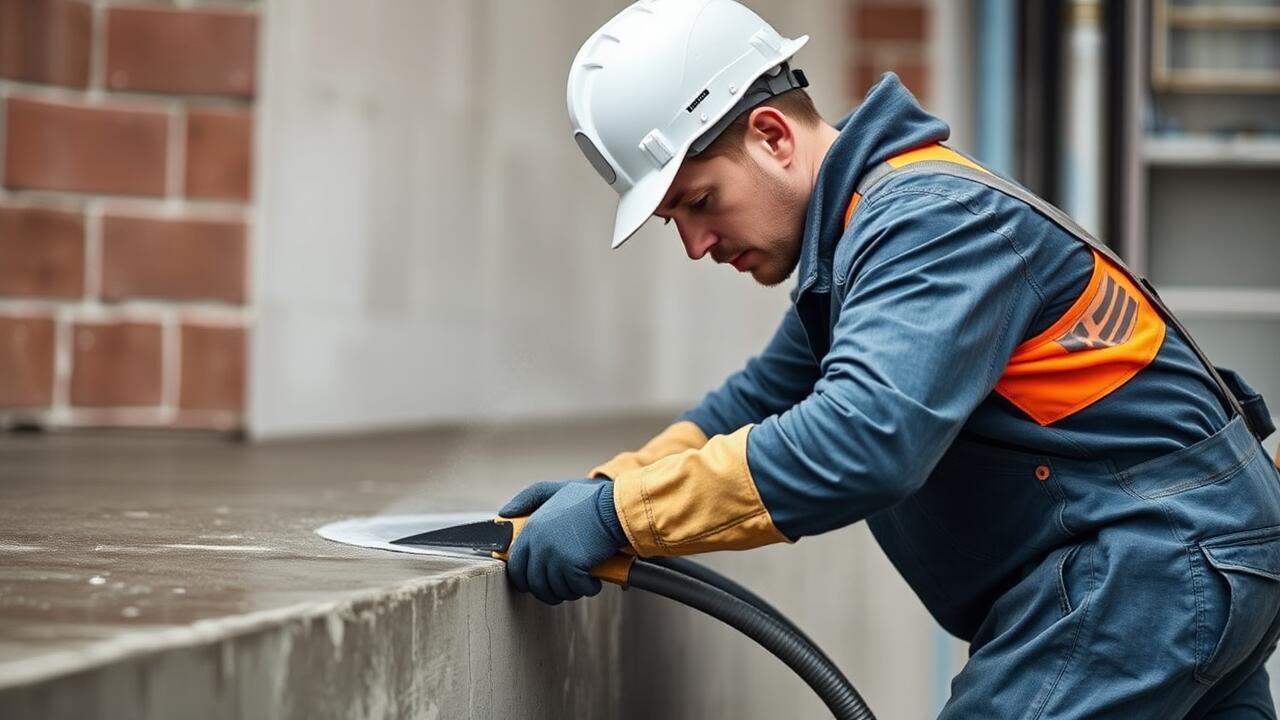
Resurfacing the Entire Surface
Resurfacing the entire surface of badly damaged concrete can significantly improve its appearance and functionality. This process involves applying a new layer of concrete over the existing surface, filling in cracks and imperfections. Before starting, it's essential to thoroughly clean the area to remove dirt, grease, and debris. This preparation ensures proper adhesion of the new material. Additionally, repairing any deep cracks or holes beforehand will enhance the overall effectiveness of the resurfacing process.
When choosing a resurfacing product, look for options specifically designed for this purpose, as they will provide better bonding and durability. Mix the resurfacing compound according to the manufacturer's instructions and apply it using a squeegee or trowel. Even application is crucial for achieving a smooth finish. For residents in the area, companies like Encanto, Phoenix Concrete Repair can offer professional assistance to achieve efficient and long-lasting results. Proper application and finish will extend the life of the surface while enhancing its aesthetic appeal.
Techniques for Even Application
Achieving an even application during the resurfacing of damaged concrete is essential for both aesthetics and durability. Before starting, prepare the surface carefully by cleaning it and ensuring it is free from debris and loose materials. Apply a bonding agent or primer to enhance adhesion between the new mix and the old surface. Using a long-handled squeegee or a trowel can help distribute the resurfacer evenly. It is crucial to work in sections to maintain a wet edge and prevent any visible seams in the finish.
For a professional-looking result, consider utilizing a concrete roller or a brush to reach into corners and edges that may be challenging to cover with larger tools. This technique allows for better control and a smoother finish. As experts in the field, Encanto, Phoenix Concrete Repair emphasizes the importance of consistent thickness across the entire surface to avoid weak points and potential cracking. Regularly check the consistency of the resurfacer as you work, adjusting the mixture for uniformity, which will contribute to a more effective and durable repair.
Curing the Repair Properly
Proper curing is essential to ensure the longevity and effectiveness of any concrete repair. After applying a repair product, maintaining adequate moisture levels is crucial for the material's strength and durability. This process typically requires keeping the surface damp for a certain period, usually several days, depending on the specific product used. Utilizing methods such as wet burlap or plastic sheeting can help retain moisture, preventing premature drying that can lead to cracking.
The team at Encanto, Phoenix Concrete Repair emphasizes the significance of following the manufacturer's instructions for curing times and techniques. Failing to properly cure the repair can result in a weakened structure and necessitate further repairs down the line. Maintaining optimal conditions during the curing phase contributes significantly to the overall success of the project and minimizes the risk of future issues with the concrete.
Importance of Moisture Retention
Moisture retention is crucial after any concrete repair process. It not only aids in the curing of the concrete but also ensures that the material sets correctly. Insufficient moisture can lead to cracks and weakened structures. Proper curing techniques often involve covering the surface with a damp cloth or using curing compounds that retain moisture. These methods are essential in promoting the long-term strength and durability of the repair.
In addition to immediate concerns, moisture retention has lasting effects on the integrity of the surface. For areas prone to extreme weather fluctuations, maintaining moisture levels becomes even more critical. Encanto, Phoenix Concrete Repair emphasizes the importance of sustaining a consistent moisture environment to prevent future deterioration. Implementing effective curing practices will help preserve the quality of your repair and extend the life of the concrete.
Preventing Future Damage
Preventing future damage to concrete is essential for maintaining its appearance and structural integrity. Regular inspections can help identify minor issues before they escalate into major repairs. Homeowners should be vigilant about addressing small cracks and surface imperfections promptly. Seasonal changes can also affect concrete, so appropriate measures should be taken during extreme weather conditions to protect the surface from freeze-thaw cycles and excessive moisture.
Effective sealing methods play a crucial role in safeguarding concrete against wear and tear. Applying sealants can provide a protective barrier against water infiltration, chemicals, and staining agents. When looking for reliable services, Encanto, Phoenix Concrete Repair offers solutions tailored to maintain and enhance the longevity of your concrete surfaces. Choosing the right sealant based on your specific needs and environmental exposure will contribute significantly to preventing future damage.
Effective Sealing Methods
Sealing concrete is essential for protecting it from moisture, stains, and temperature fluctuations. One effective method is to apply a penetrating sealer that seeps into the pores of the concrete, forming a barrier against water infiltration. This type of sealer enhances the durability of the surface while maintaining its natural appearance. It is crucial to follow the manufacturer's instructions to ensure proper application and effectiveness.
Another option is to use a topical sealer, which coats the surface and provides a protective layer. These sealers can come in various finishes, including matte or glossy, allowing for customization based on aesthetic preferences. When selecting a sealer, consider factors like the level of foot traffic and exposure to chemicals or UV light. For comprehensive solutions tailored to your needs, consult with experts like Encanto, Phoenix Concrete Repair, who can recommend the best sealing methods for long-lasting results.
FAQS
What are the signs that my concrete is badly damaged?
Signs of badly damaged concrete include large cracks, crumbling edges, discoloration, and uneven surfaces. If water pools on your concrete or if there are visible holes, it may also indicate significant damage.
Can I fix badly damaged concrete myself, or should I hire a professional?
Depending on the extent of the damage, you may be able to fix it yourself using resurfacing techniques or patching compounds. However, for extensive damage or structural issues, it is recommended to hire a professional for proper assessment and repair.
How long does it take for repaired concrete to cure?
Typically, repaired concrete takes about 24 to 48 hours to set and several days to cure fully. Factors like temperature, humidity, and the specific repair materials used can affect the curing time.
What materials do I need for resurfacing damaged concrete?
For resurfacing damaged concrete, you will need a concrete resurfacing compound, a mixing bucket, a trowel or squeegee for application, and possibly a broom for cleaning the surface before starting.
How can I prevent future damage to my concrete after repairs?
To prevent future damage, ensure proper sealing of the concrete, maintain proper drainage away from the surface, and consider applying a protective coating. Regular maintenance, such as cleaning and resealing, can also help extend the life of your concrete.
